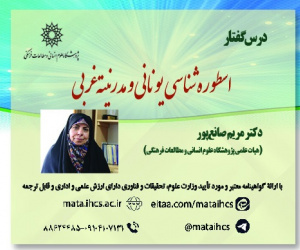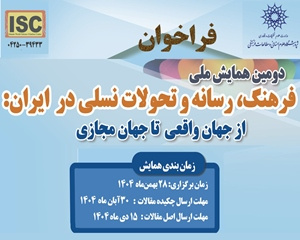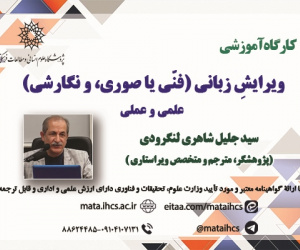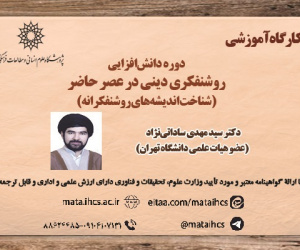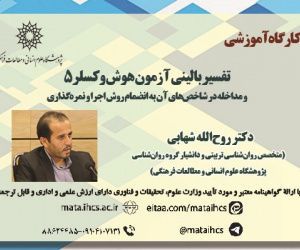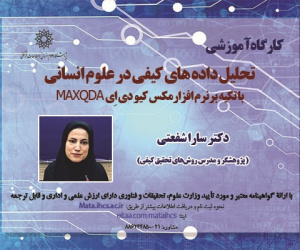تحلیل بصری و محتوایی قاب کاشی شومینه موزه «شانگری لا» بر مبنای عامل مشروعیت و سلسله مراتب قدرت در عصر قاجار (مقاله علمی وزارت علوم)
درجه علمی: نشریه علمی (وزارت علوم)
آرشیو
چکیده
بیان مسئله:سلسله قاجار مانند هر حکومت دیگری در ایران، برای استقرار و بقای خود به اقتدار و مشروعیت نیاز داشت. شاکله حکومتی و قدرت سیاسی این سلسله دارای مناصب و مراتبی بود که در رأس آن شخص پادشاه و در درجات بعدی، طبقه ملوک الطوایف قرار می گرفت. آثار هنری دوره قاجار، به خصوص نمونه های فاخر درباری، از بعضی جهات بازتاب دهنده یا محصول همین شاخصه ها و جریان های غیرعینی محسوب می شوند. قاب کاشی شومینه موزه «شانگری لا» (امریکا)، اثری است با مؤلفه های بصری و مفهومی خاص که مطالعه آن به عنوان مصداقی از موارد یادشده می تواند در ارزیابی این شاخصه ها مؤثر باشد.هدف پژوهش: هدف این نوشتار، مطالعه خصوصیات این قاب کاشی به لحاظ تصویری و تکنیک های بصری و خوانش محتوایی این خصوصیات در ارتباط با مسئله مشروعیت و سلسله مراتب قدرت در عصر قاجار است.روش پژوهش: این پژوهش از نوع کیفی و به روش توصیفی- تحلیلی انجام شده است. نتیجه گیری: نتایج پژوهش بر این نکات تأکید می کنند که اثر مذکور علاوه بر جنبه کاربردی و تزئینی، دو عامل اتکاء به پشتوانه های سیاسی- حکومتی دولت صفویه و باستان گرایی را به عنوان عواملی مشروعیت زا، در قالب تصویر، دستمایه قرار داده و با چینش افراد حاضر در صحنه در سه تراز متوالی که شامل هسته اصلی قدرت، رامشگران (حرم و حریم شاهی) و نظامیان می شوند، به نوعی، ساختار و مراتب قدرت را در این دوره بازنمایی می کند.A Visual and Content Analysis of the Fireplace Tile Panel at the Shangri-La Museum through the Lens of the Legitimacy and Hierarchy of Power in the Qajar Era
Problem statement: Like any other government in Iran, the Qajar dynasty required authority and legitimacy for its establishment and existence. The structure of government and political power of this dynasty was organized on the basis of positions and ranks, at the head of which was the king, and at the next hierarchical level, there was mulūk al-ṭawāʾif (feudal). The artworks of the Qajar period, especially the high ones at the court, can in one way or another be the reflection or product of these non-objective features and currents. The tile panel of the fireplace in “Shangri La Museum” (USA), a piece of artwork with special visual and conceptual components, is an example that sheds light on these features. Research objective: The purpose of this article is to study the features of this tile panel in terms of images and visual techniques and to examine the content of these characteristics based on the legitimacy and the hierarchy of power in the Qajar era.Research method: This research is qualitative employing a descriptive-analytical approach.Conclusion: The results of the research accentuate these points that, in addition to the practical and decorative aspects, the above-mentioned work portrays the political-governmental supports of the Safavid government and antiquarianism as legitimizing factors in the form of an image. The array of people at three consecutive levels represents the structure and levels of power in this period. The level includes the main core of power, the entertainers (the royal court), and the military.


